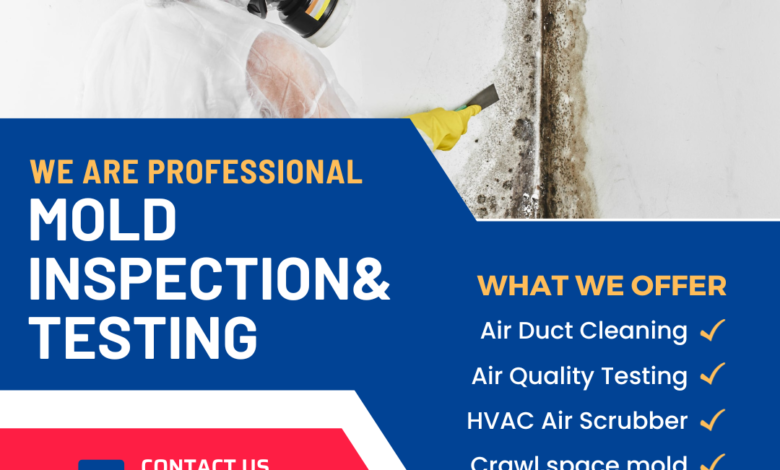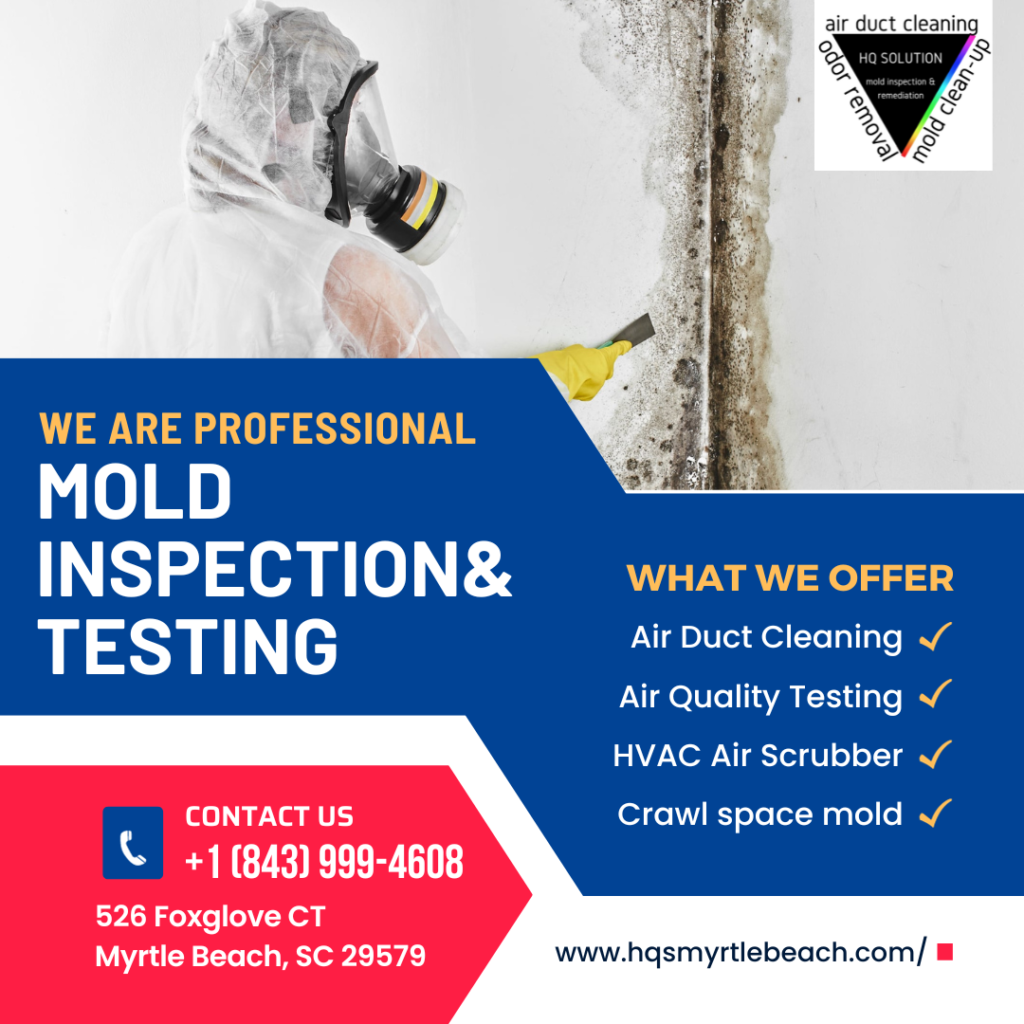

Mold remediation is a crucial process for maintaining a healthy indoor environment. In this comprehensive guide, we’ll delve into the intricacies of mold remediation, from understanding the causes of mold growth to the steps involved in the remediation process. Whether you’re dealing with mold in your home or business, this guide will provide valuable insights to help you navigate the remediation process effectively.
Understanding Mold
Before diving into mold remediation, it’s essential to understand what mold is and how it thrives. Mold is a type of fungus that can grow indoors and outdoors, thriving in moist and humid environments. Common indoor molds include Aspergillus, Penicillium, and Stachybotrys (black mold). Mold reproduces by releasing spores into the air, which can settle and colonize on surfaces, leading to mold growth.
Causes of Mold Growth
Mold requires moisture, warmth, and organic matter to grow. Understanding the common causes of mold growth can help you identify potential mold issues in your home or business. Common causes of mold growth include:
Water leaks from plumbing or roof
High indoor humidity levels
Poor ventilation
Flooding or water damage
Condensation on surfaces
Identifying and addressing the underlying causes of mold growth is essential for effective remediation.
The Mold Remediation Process
Mold remediation involves several crucial steps to effectively remove mold and prevent its return. Here’s an overview of the typical mold remediation process:
Assessment and Inspection: A certified mold remediation specialist will conduct a thorough inspection of the affected areas to assess the extent of mold growth and identify any underlying moisture issues.
Containment: To prevent the spread of mold spores to unaffected areas, containment measures such as plastic sheeting and negative air pressure may be implemented.
Removal of Affected Materials: Mold-infested materials such as drywall, insulation, and carpeting may need to be removed and disposed of safely.
Cleaning and Sanitization: Surfaces and materials that can be salvaged are cleaned and treated with antimicrobial solutions to kill remaining mold spores.
Drying and Dehumidification: Thorough drying of the affected areas is essential to prevent mold regrowth. Dehumidifiers and air movers may be used to accelerate the drying process.
Post-Remediation Inspection: After remediation is complete, a final inspection is conducted to ensure that mold levels have been reduced to acceptable levels.
Preventing Future Mold Growth
Preventing mold growth requires proactive measures to control moisture and humidity levels in your home or business. Here are some tips for preventing future mold growth:
Fix water leaks promptly
Maintain indoor humidity levels below 60%
Ensure proper ventilation in bathrooms, kitchens, and crawl spaces
Use mold-resistant building materials in moisture-prone areas
Regularly inspect and maintain HVAC systems
Conclusion:
Mold remediation is a complex process that requires expertise and attention to detail. By understanding the causes of mold growth and following proper remediation protocols, you can effectively remove mold from your indoor environment and prevent its return. If you’re dealing with mold issues in your home or business, don’t hesitate to contact HQ Solution LLC for professional mold remediation services. Our experienced team will ensure that your property is safe, clean, and mold-free.




